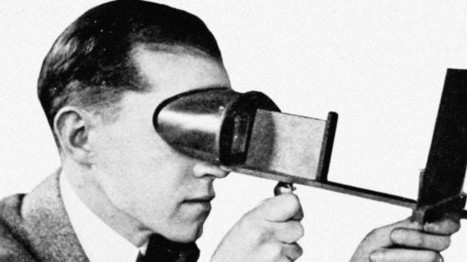You stare at a blank screen for what seems like hours, waiting for your brain to come up with a brilliant idea, and it never comes. There has to be a better way to brainstorm, right?
There is--and it might be as simple as doing the laundry.
In the new book The Net and the Butterfly: The Art and Practice of Breakthrough Thinking, Olivia Fox Cabane and Judah Pollack--former faculty members of Stanford's Start X incubator program--explain how breakthrough insights come about. The two describe these insights as "that feeling of sudden clarity when you feel the answer staring you in the face."
"The biggest misconception about breakthroughs is that they're accidental or that they're spontaneous," says Fox Cabane. "But in reality that aha! moment is just the tip of the iceberg. It is the single conscious moment you have at the end of a very long, complex, unconscious process."
To understand how to prime the human brain for creative breakthroughs, one must first understand what parts of the brain help power them. As Fox Cabane and Pollack explain, the brain has two networks: the executive network, which is the "goal-oriented" part of your brain that you access to complete an action; and the default network, the part of your brain that's home to what the authors call the "genius lounge," or the place where creative insights lie. But, to access the genius lounge, your brain needs to tune out the executive network.
Via
The Learning Factor



 Your new post is loading...
Your new post is loading...











I had been doing to-dos wrong for 15 years.
I had been doing to-dos wrong for 15 years.